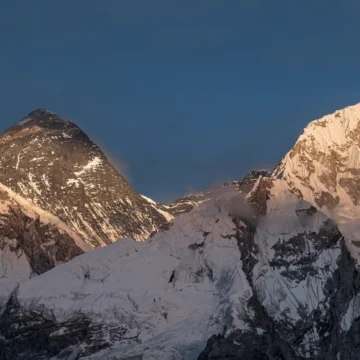
Ama Dablam: All About Nepal’s Himalayan Masterpiece
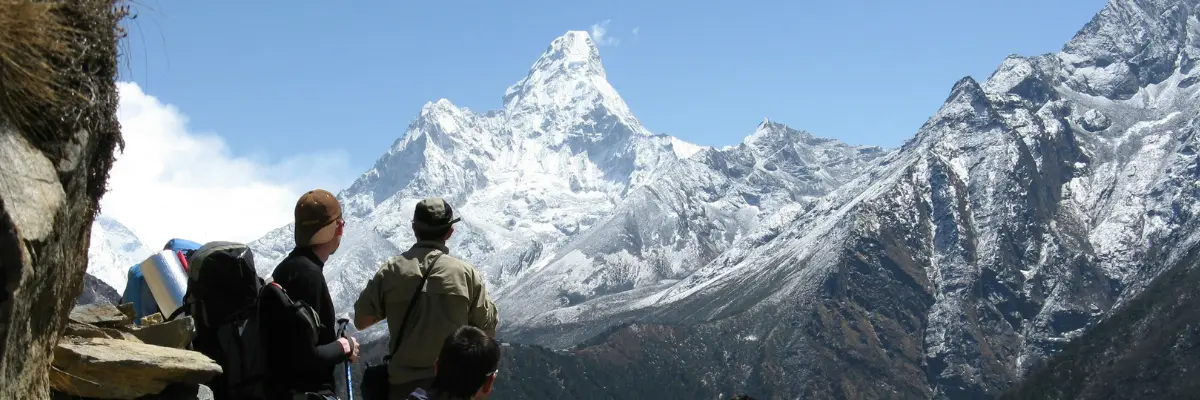
Table of Contents
Ama Dablam is a majestic mountain peak located in Nepal with an altitude of 6,812 meters (22349.08 ft). It lies in the Himalayan of eastern Nepal. It was first ascended on 13 March 1961 from the Southwest Ridgeline.
The southwest ridge stands as the main path for climbers who wish to ascend to the top of the mountain. The Ama Dablam Base Camp route requires a high degree of expertise because it includes technical rock with ice and snow climbing in its path.
Local people honour this mountain as they view it as a cultural symbol of power and defence. Mountain climbers need to pass through steep ice walls, exposed ridges and unpredictable weather hazards. Excellent technical capabilities and strong endurance at high altitudes are necessary to climb this mountain.
Professional mountaineers consider this difficult climb to be their top choice. The combination of beauty and challenge at this mountain continues to motivate explorers from different locations across the globe.
The Name and Cultural Significance
Ama Dablam derives its name from the Sherpa language, which translates to “Mother’s Necklace” to represent maternal care. It combines two Sherpa words: Ama means mother, and Dablam symbolizes the double-pendant Sherpa necklace that women traditionally wore.
The peak’s long ridges resemble protective arms, while the hanging glacier represents the sacred pendant. The local people hold deep cultural and spiritual significance for this mountain because of its unique imagery.
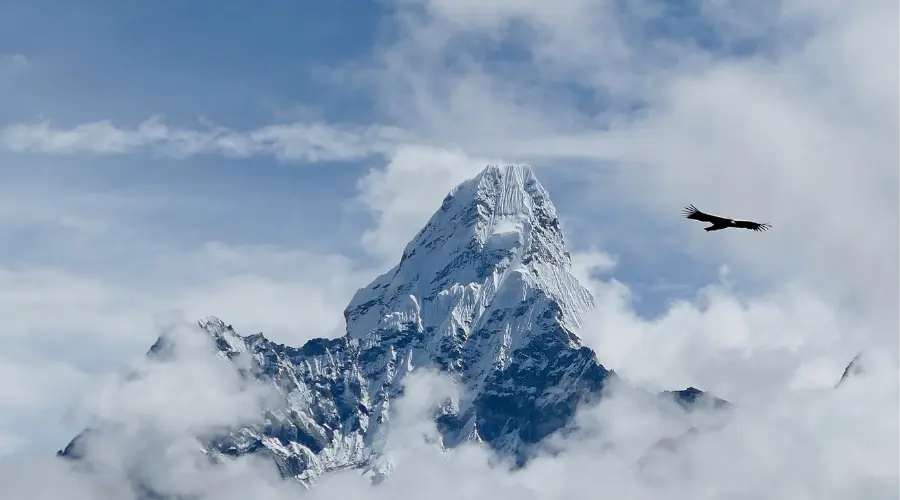
The Sherpa believe Ama Dablam embodies power and shielding qualities inherited from mothers who transmit their wisdom to their children. The Khumbu region and its people receive protection from this mountain as if it were their guardian. The sacred feeling of the mountain grows stronger because it has numerous Buddhist prayer flags and monasteries along its landscapes.
The trekkers and climbers show respect by performing prayers and making offerings whenever visiting this region. Ama Dablam is a holy landmark. Disrespectful activities at this site will result in misfortune or destructive weather conditions. Before starting their ascent, many mountaineers conduct rituals because they hope to receive divine protection.
It has sustained its inspirational power for awe as well as spiritual devotion toward nature and reverence for the mountain.
Location Of Ama Dablam
Mother’a Necklace mountain is located in the eastern Himalayas of Nepal, where it resides close to Mount Everest in the Khumbu area. The peak lifts itself powerfully to claim domination over Tengboche and Pangboche villages by its distinctive pyramid appearance.
The mountain peak lies inside Sagarmatha National Park, which is a UNESCO World Heritage Site because of its remarkable landscapes. Its position amid glaciers and deep valleys makes this mountain a recognized landmark among all mountains in Nepal.
Ama Dablam Elevation
The elevation of Ama Dablam reaches 6,812 meters (22,349 feet) measured from sea level. Starting from base camp, it takes 10 or 13 days to reach the summit. The elevation of base camp is 4,600 (15,092 feet).
The climb poses important technical obstacles even though it sits shorter than Everest. Due to the high altitude, together with challenging mountain conditions, a climber needs expertise in all three climbing disciplines of rock and ice and mixed techniques.
Technical Challenges During Ama Dablam Climb
Ama Dablam difficulty represents a steep mountain whose slopes consist of rock, ice and snow features. The Southwest Ridge serves as the main climbing path to the summit since it maintains technical challenges while delivering continuous exposure.
The route includes steep rock sections and knife-edge ridges, together with climbing that requires skills on ice and snow. Climbers need to demonstrate skills at the Alpine Difficile level because the peak demands intense difficulty.
The section features rock climbing difficulty rated from 5.7 to 5.8 (YDS) as well as ice climbing difficulty. The Yellow Tower is one of the most demanding aspects of climbing because it extends nearly vertically from 6,000m.
The Mushroom Ridge consists of snow ridges that require climbers to maintain a steady balance. The last part of the summit climb involves ascending steep ice slopes that require skills in both snow and rock techniques.
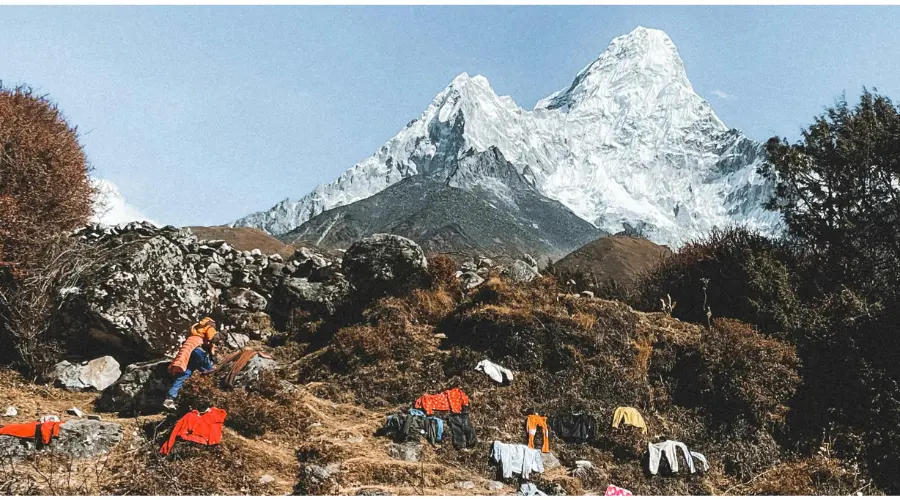
It requires climbers to possess advanced abilities in rock and ice climbing. Also requires techniques and strong mountain fitness, as well as training in exposure management.
The climb depends on fixed ropes except in some areas where climbers need training in both self-belaying and jumaring. The ascent route of Ama Dablam ranks among the most challenging technical climbs for 6000-meter heights.
Trekking to Ama Dablam Base Camp
The Base Camp trek to Ama Dablam begins at Lukla while following the well-recognized route of Everest Base Camp through beautiful valleys. Trekking extends along Phakding and Namche Bazaar before trekkers use these stops to acclimate to reach Pangboche.
From Pangboche, the trekking trail lets go of the main Everest route path as it moves ahead towards base camp through rural meadows. Trekkers can admire spectacular views of Ama Dablam together with Everest, Lhotse and other peaks in the Himalayan range while on this path.
The extensive landscape of Ama Dablam Base Camp features rocky ground, ice fields and spectacular views of the massive peak. Trekking enthusiasts find restful surroundings at the camp for better acclimatization before observing mountain climbers conduct their pre-climb preparations.
The trail extends from base camp to Camp 1, situated on a ridge, before moving onward to Camp 2, where climbers need to perform rock climbing skills. Climbers ascending the summit need to master mixed climbing skills at Camp 3 because it rests on an icy slope.
Trekkers need to be both physically fit and properly acclimatize to altitude, even though the base camp journey does not need expertise in technical climbing. While on the trek, you encounter Sherpa communities and exceptional panoramic views of elevated regions packed with cultural heritage.
Trekking to base camp delivers an unforgettable adventure along with amazing mountain scenery. You encounter yaks grazing in meadows and friendly residents who welcome travellers with warmth.
Ama Dablam’s Environmental Importance
Sagarmatha National Park is recognized as a UNESCO World Heritage Site where Ama Dablam lies. The Park holds great biodiversity wealth. The National Park hosts three exceptional species: snow leopards, red pandas and Himalayan Tahr.
The ecosystem Ranges from tropical forests to mountain grasslands and functions as a vital home for different wild species. The protection of this area remains necessary to maintain both the species belonging to this area and their environment. The effects of climate change cause glaciers to melt as they shape the ecosystems of the region.
The increased temperature in this local environment endangers biodiversity by disrupting the flora and fauna populations. The glaciers of Ama Dablam present a looming threat to water supplies used by people living in nearby settlements. Fast action needs to be taken in order to defend the natural equilibrium in this region.
It is crucial to safeguard Ama Dablam and its surrounding environment in order to maintain both natural systems and indigenous cultural traditions. The unique terrain within the Park attracts tourists, from climbers to trekkers who support the regional economic growth. By reducing climate change effects, the area will continue to act as a wildlife sanctuary and landmark attraction for future generations.
Flora and Fauna of Ama Dablam Region
Sagarmatha National Park contains the Ama Dablam region, which supports various plant and animal species across its territory. The elusive snow leopards hunt throughout Himalayan highlands because they need to find sufficient prey.
The Himalayan tahr are wild goats graze on mountain cliffs. The habitat requires these species to function properly and preserve biodiversity at equilibrium.
The Himalayan Monal pheasant and various other bird species brighten the mountainous forests that span across Nepal. The combination of blue, green and red feathers makes this bird one of the most eye-catching species in the local area.
This bird prefers its habitat to be in dense forests where it finds its food sources on ground level. Such species require protection because they serve as major elements to maintain biodiversity in this region. During springtime, rhododendron trees are all over the forests with their red and pink flowers display.
The lower slopes of this region receive cover from birch and fir trees, which create wildlife shelters and help prevent soil erosion. Surrounding communities depend on these forests to preserve their water sources while the forests regulate local climatic conditions. These important ecosystems demand immediate conservation actions for their protection.
Ama Dablam Spirituality
For the Sherpa community, it embodies strong spiritual values since they consider it a holy mountain. Sherpa culture ties its name, “Mother’s Necklace”, to motherly protection together with wisdom.
Before starting their climb to summit, numerous climbers and trekkers receive sacred blessings from local Buddhist priests. People experience inner reverence toward the mountain, together with the practice of religious devotion and sacred traditional practices.
Near Mount Dablam resides Tengboche Monastery, which acts as the spiritual centre of the Khumbu region. Daily prayers of monks at this location provide blessings to those who climb and trek the region. The monastery conducts the Mani Rimdu festival, which includes sacred dances and chanting, which are major Buddhist celebrations.
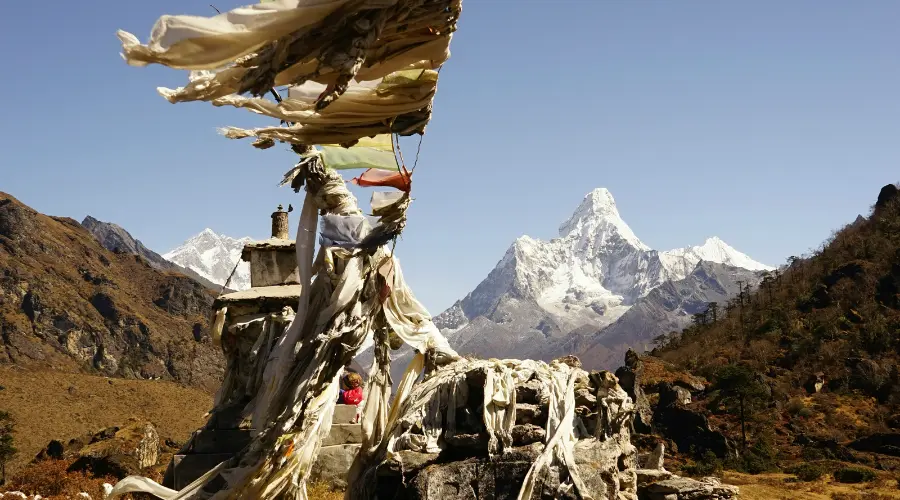
Climbers and trekkers who visit Tengboche monastery find the perfect place for meditation, Buddhist teachings and learning about cultural preservation. According to Sherpa tradition, Ama Dablam embodies the strong and clean essence of the Himalayan mountains. Local people understand that the mountain spirits keep the land safe and safeguard everyone who is dedicated to nature. Climbing this mountain not just a climb but also a spiritual journey.
Why Mother’s Necklace is Photographers Wonderland?
Photographers who visit this mountain find a perfect subject for photography with its dramatic scenery and majestic heights. The mountain presents breathtaking sights through its pointed ridgelines and white slopes set up against the azure sky.
The mountain presents different kinds of beauty during the daytime since it showcases golden sunrise lights in the morning and magical evening colours. A photographer can capture the complete essence of the Himalayan wilderness no matter what their vantage point.
The most significant photographic location is Tengboche Monastery, where Ama Dablam creates a beautiful backdrop. Visitors who explore Namche Bazaar can find impressive views of the peak from every viewpoint throughout this active Sherpa town.
The sharp face of Ama Dablam, which rises above base camp, provides photographers with an opportunity to capture close-up images of the mountain. Every photograph gains additional depth from images of wildlife, prayer flags and the colourful Alpine landscape.
Photographers at these locations have perfect chances to capture images of Monal pheasants, yaks and spinning prayer wheels in the wind. Ama Dablam is an amazing subject for photographers because it combines natural elements and cultural heritage while providing adventurous experiences.
People who take pictures of landscapes or portraits in the Himalayas share their stories of this mountain range through their photographs.
Glaciers In Ama Dablam
Various glaciers located around Ama Dablam maintain an essential place in the region’s natural cycle. The glaciers retain freshwater and supply water through rivers, which support both local residents and native wildlife.
Rapid climate change has caused glaciers to melt extensively, damaging water sources. The rapid reduction of glaciers makes climbing the mountain more perilous because it creates unstable conditions and increases the chances of avalanches.
A close glacier named the Dablam exists on the mountain’s slope, which provides the mountain with a striking ice overhang. The glacier periodically separates from its base, which results in harmful icefalls that endanger Climbers.
The advancing global warming results in the melting of glaciers, which creates new climbing path requirements while intensifying the danger of falling rocks. The glacial environment needs protective conservation measures for its vulnerable state.
Death Rate
Because of its steep landscape, the mountain represents a technically complex peak that produces accidental situations due to its challenging slopes. Avalanches, rockfalls and exposure deaths are major factors that pose risks to climbers during their climbs.
The Ama Dablam death rate changes annually. The worst disaster in 2006 happened when a major icefall near Camp 3 resulted in 6 fatalities. Since 1950, 32 deaths has been recorded. Most deaths are caused by avalanches and falls.
Safety precautions fail to eliminate the danger that inexperienced climbers face when attempting to climb this mountain. Safety during climbing requires both fixed ropes and guided expeditions, together with essential training to avoid accidents.
Climbers should have exceptional climbing abilities because they confront altitude sickness, harsh environments, and technical difficulties while climbing. Organizing rescues becomes challenging because the location is distant from settlements while the climatic conditions remain harsh.
Climbers need to perform year-round preparations before attempting their climb because these preparations help lower dangers and boost their likelihood of reaching the summit safely.
Success Rate
In year 2023, 1,525 teams attempted to summit the mountain. out of which 5,715 summited and 34 people died, as per explorersweb. We hope the success rate will increase in upcoming climbing years.
How to Get to Ama Dablam?
You land at Lukla Airport before continuing your journey by the Dudh Koshi River to reach the Sherpa settlement of Phakding. Then, the mountain trail leads to Namche Bazaar, where people stop for acclimatization in a vibrant market that provides breathtaking views of the surrounding peaks.
Trekkers who follow this path move from Namche to visit Tengboche Monastery before descending to Pangboche. The scenic Base Camp route provides visitors with panoramic views of Everest and Lhotse.
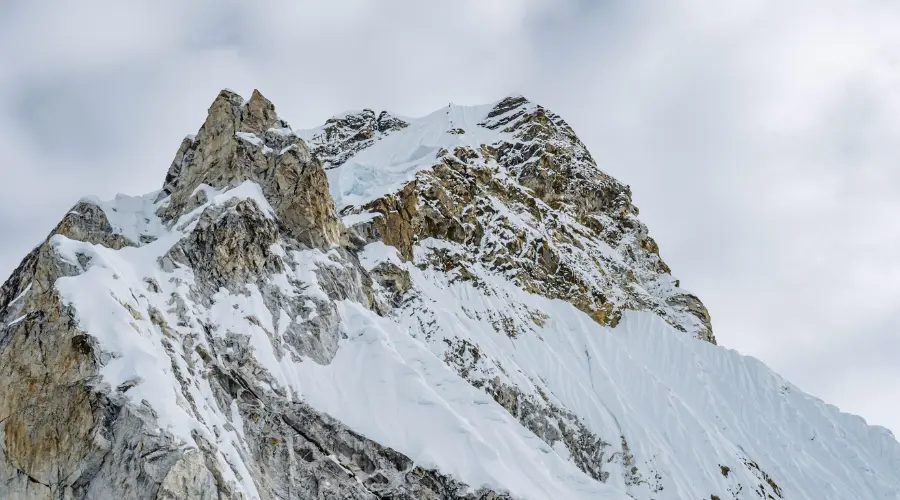
Climbers start their attempt to reach the summit from base camp by navigating its challenging and dangerous ridges. The route leads climbers from Camp 1 into a narrow ridge and then continues up to Camp 2, where steep rocks commonly exist. Climbers must perform ice climbing on Ama Dablam Camp 3 before they can achieve the stunning summit.
Want to know more?
Speak to an Expert





Sandip Dhungana
Nepal 🇳🇵
Whatsapp: +977-9823636377


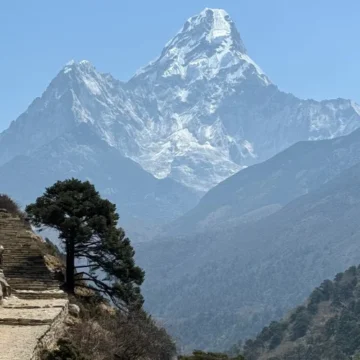
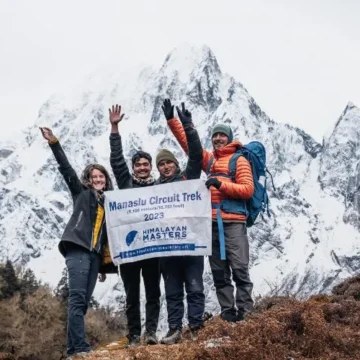
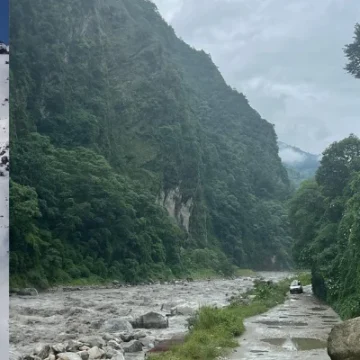

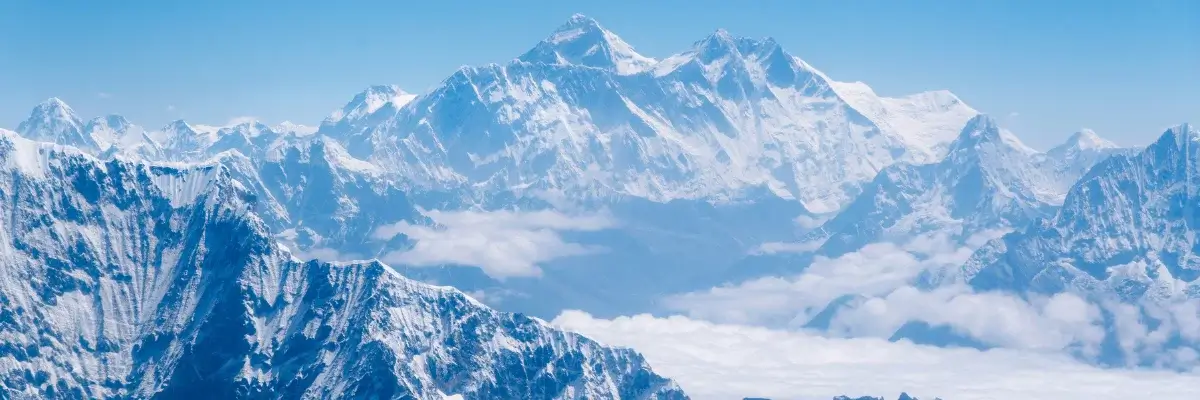


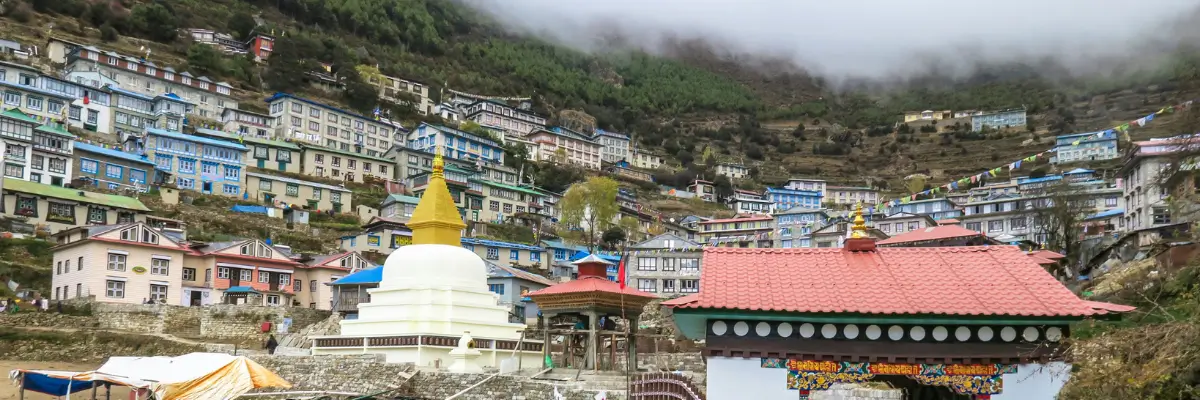
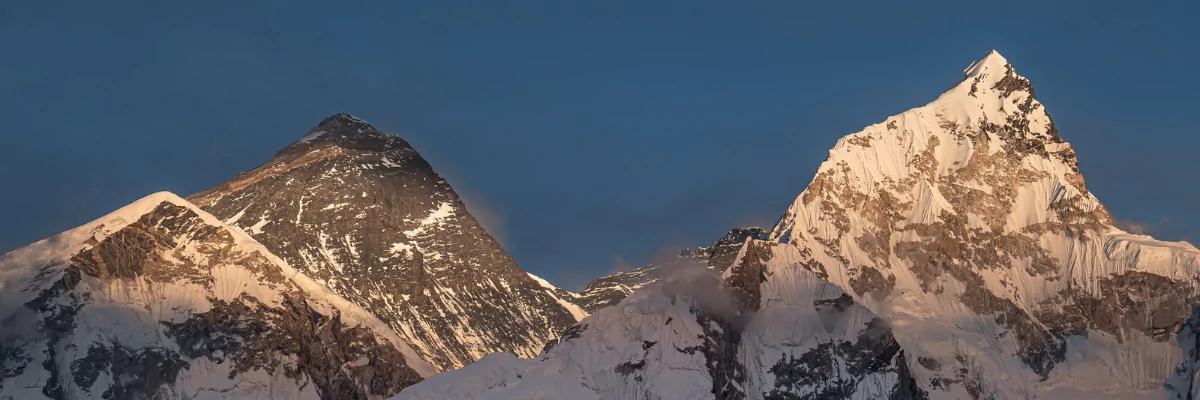
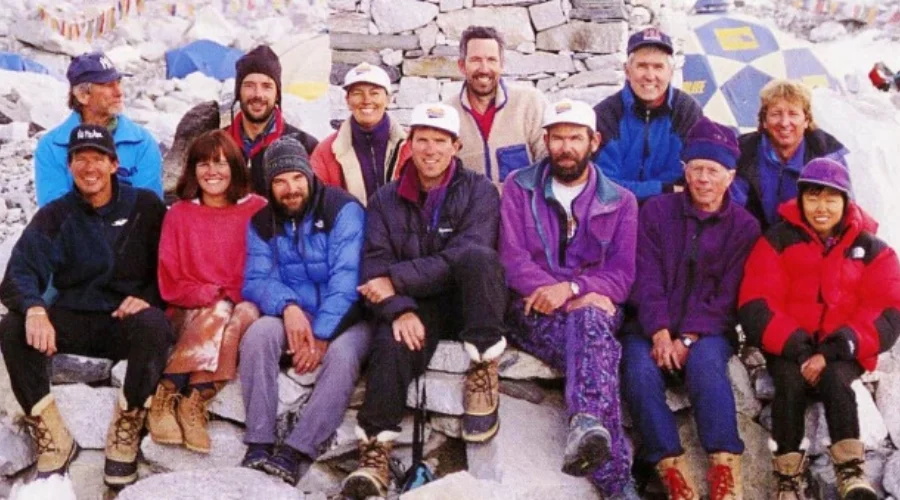













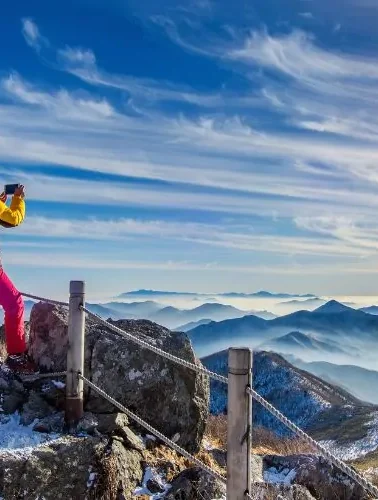
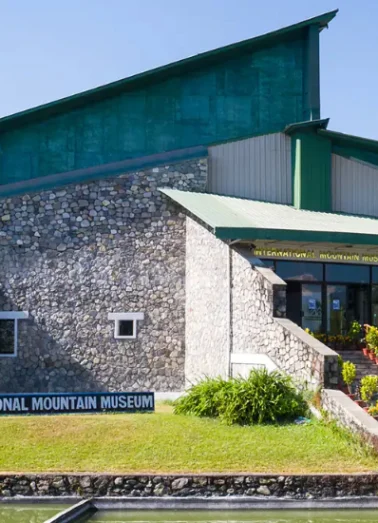
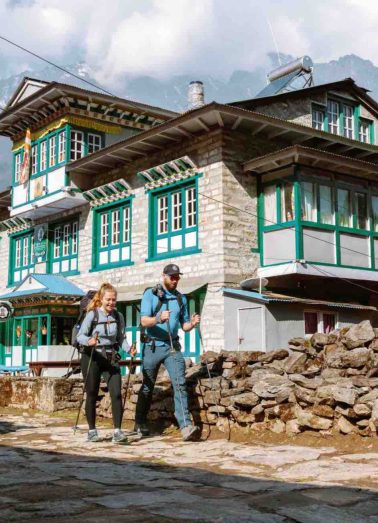
Leave Your Comment